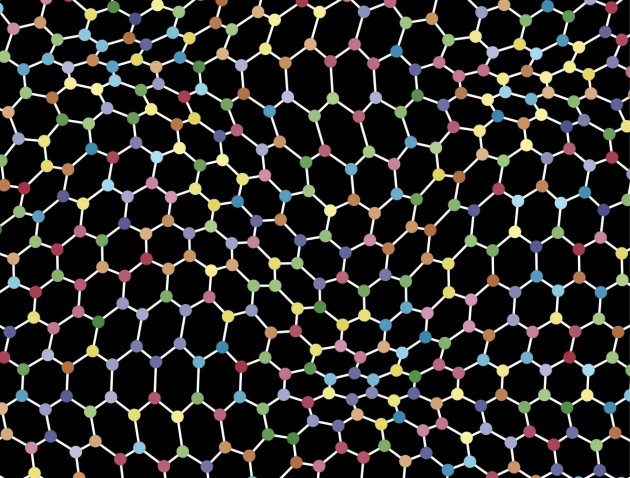Named the world’s “wonder material,” Graphene is a million times thinner than a piece of hair, the lightest material ever obtained, harder than a diamond, 200 times stronger than steel, and more conductive than silicon. But…what are we going to use it for?
After ten years, the graphene light bulb is the first commercially viable consumer product using the wonder material. Before now, there had yet to be a stand-alone graphene product due to the difficulty and expense of producing enough graphene for large-scale manufacturing. The graphene light bulb, on the other hand, could show up on store shelves in the UK within months at a price lower than many current LED light bulbs, according to the Washington Post.
What exactly is graphene and why is it so special? Scientists have been looking for graphene since 1859 using a variety of complex scientific experiments. Using only Scotch tape and a graphite stone, two scientists from Norway, Andre Geim and Konstantin Novoselo, finally isolated the material in crystal form in 2004 with a simple experiment. The discovery was so groundbreaking that they were awarded the Nobel Prize for Physics in 2010–even before graphene was able to make a significant impact in our world.
Essentially, graphene is a single layer of carbon atoms arranged in a hexagon. Under a microscope, the structure looks like honeycomb–the secret to its extreme strength. Its phenomenal properties are partially due to the fact it’s only one atom thick.
The graphene light bulb is a dimmable bulb with a filament-shaped LED coated with graphene. Since the material is a great conductor, it is long-lasting and 10% more energy-efficient than current LED bulbs. The revolutionary product was created through a partnership between a company named Graphene Lighting and the National Graphene Institute (NGI) at the University of Manchester. The NGI is a $90 million structure on campus filled with 35 companies and 200 researchers hoping to find innovative ways to use graphene, such as rapidly charging batteries, flexible touchscreens, and lightweight aircraft. The light bulb was the first commercial product to come to fruition.
More than a revolutionary lighting product, the graphene light bulb also inspires other innovators to continue experimenting. In the years since graphene was discovered, the hype led many to believe it would never live up to its promise. The light bulb proves that commercial products can be made using graphene and has the potential to open the doors for the creation and funding of other companies hoping to find success with the wonder material.



